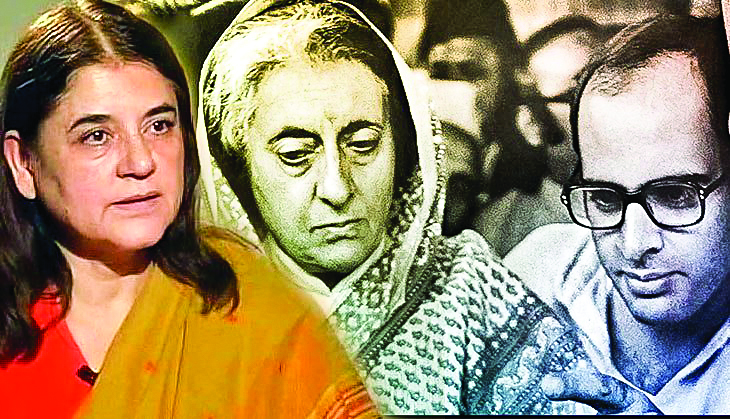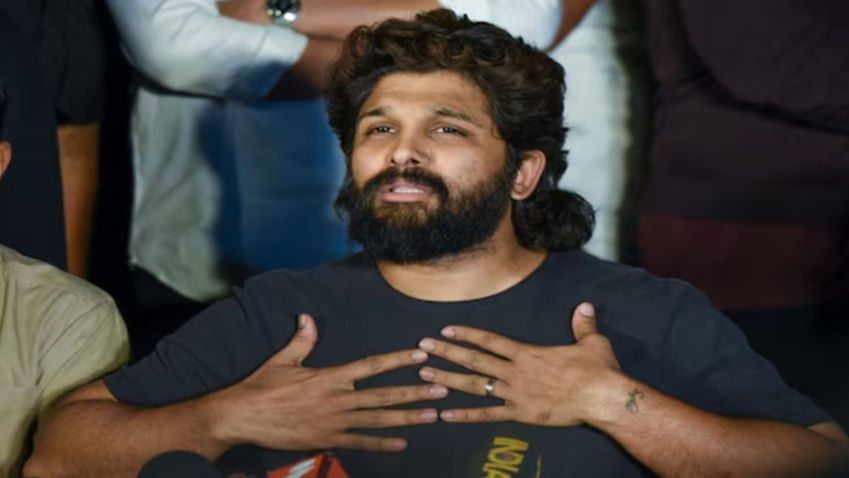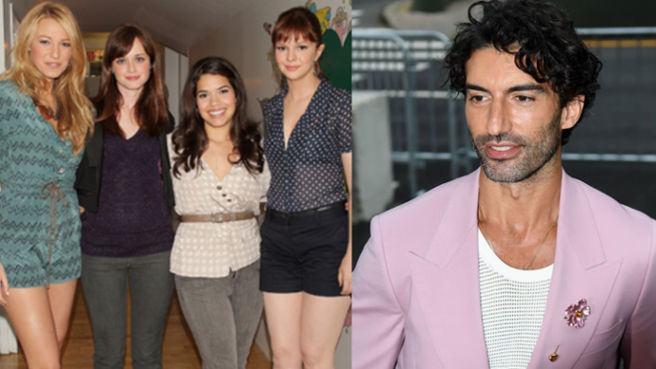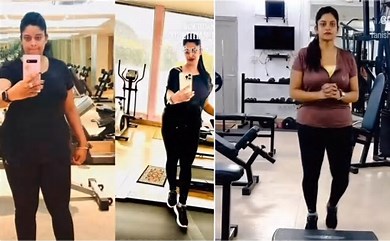Maneka Gandhi defended her husband stoutly even after she left mother-in-law and then prime minister Indira Gandhi’s house and joined the right-wing BJP. According to her, the Emergency brought about order and discipline in the country. ‘There were no power failures, no strikes or lockouts, citizens went about without the fear of being mugged, robbed or raped, everything was available at reasonable prices, the slums had been cleared, the stench of open sewers abolished and, instead, clean, wholesome and cheap housing complexes raised in the suburbs, the arid desert of sand and rock turned into lush green, parks and woodland. These were only some of things that Sanjay did for his city.’
To Maneka, Sanjay had always been a caring husband. If she was feeling under the weather, Sanjay would skip Parliament to be with her. Barely three months before his untimely death, when their son Varun Feroze was to be born, Sanjay accompanied her to the All India Institute of Medical Sciences (AIIMS) and stayed by her side through the birth.
‘The AIIMS doctors later told me that he was the first man to come into the delivery room while his wife was having a baby,’ Maneka said. (Gandhi, Maneka, Sanjay Gandhi, Vakil, Feffers and Simons Ltd., Mumbai, 1980.)
In public, too, Sanjay’s image was somewhat different. Once Maneka had gone to Willingdon Hospital (now known as Dr Ram Manohar Lohia Hospital), having just got her driving licence. While she was parking her car, she brushed it against another, scratching its paint. Instead of leaving the premises quietly, Maneka decided to wait for the owner. The damaged car belonged to an old man, who gave Maneka a lecture about driving carefully and the monetary damage that she had caused. Maneka readily offered to pay the necessary compensation, but she was not carrying much money on her, so she wrote her address and gave it to him, asking him to send the bill home to her. When the old man saw her address, he said, ‘Are you the wife of Sanjay Gandhi? Then I will not charge you anything.’ (Moraes, Dom, Mrs. Gandhi, Jonathan Cape, London, 1980.)
Columnist Kumkum Chadha, who covered Sanjay Gandhi during and after the Emergency, recalled how once, after giving a controversial interview in which he criticized the judiciary, Sanjay called her the next day to check if she was in any trouble or needed legal help. Sanjay even sent R.K. Anand, then an upcoming lawyer who later became a Congress MP, to her house to tell her that he was only a phone call away.
Congressmen, who worked closely with Sanjay praise him even today. Gufran-e-Azam, who served as an influential Youth Congress leader of that time, recalls that Sanjay was a ‘party animal’ in the sense that he had few interests outside politics. ‘We could go on chatting, discussing individuals and party affairs for hours,’ Gufran said, pointing out that the ‘cream’ of young leadership that emerged during Sanjay’s time continues to call the shots in the party even now. ‘Ghulam Nabi Azad, Ahmed Patel, Ambika Soni, Kamal Nath, Gundu Rao, Ashok Gehlot, Digvijay Singh, Jagdish Tytler, Vayalar Ravi and Veer Bahadur Singh are some of the names who were schooled under him.’ Gufran said that on numerous occasions, Sanjay would challenge his choice of party nominees and even block level functionaries. ‘In any argument, his favourite phrase was “convince me”. We were all encouraged to air our views openly and frankly at party forums. It was the old guard that was wary of Sanjay,’ claimed Gufran.
Sanjay made a concerted bid to change the way politics was pursued. Sanjay questioned and troubled the established party leadership and created a parallel order in virtually every state. Even those fiercely loyal to Indira were not spared. Sanjay’s view was that unless the ‘comfort zone’ of these leaders was shaken up, the party would not excel. He experimented with new caste equations. The Nehruvian–Gandhian principles of probity in public life, simplicity, and a thrust on values were given the go-by. Indira watched with detached bemusement and a tinge of sadness, but she made little effort to check Sanjay’s style of functioning.
Sanjay’s close associate and socialite Rukhsana Sultana was one person, who managed to annoy everyone from Maneka and Ambika to many of the Congress leaders. Rukhsana was an exotic character, an unabashed exhibitionist, who acted as Sanjay’s point person in Delhi’s Muslim localities. As Youth Congress president, Ambika often shared the platform with Sanjay and heaped praise on him. Rukhsana, too, never missed an opportunity to insist that Sanjay and she were ‘ice-cream buddies’, whatever that meant.
A niece of actress Begum Para and a pin-up girl of the 1950s, Rukhsana had been married to a Sikh, but her marriage did not last long. She had a boutique in Connaught Circus, from where she retailed high-end diamond jewellery on a commission basis. One day, Rukhsana was thrilled to see the prime minister’s son visit her boutique. The lady apparently had the Madame du Barry bug. When they met next, she told Sanjay that she felt highly motivated and inspired by his leadership qualities and offered to dedicate her life to his ‘cause’.
Rukhsana’s ascent was intensely disliked by Maneka, Indira, Ambika and several others, but Sanjay kept pushing her to work in the slums and in the Jama Masjid area, which is dominated by Muslims. Indira was once heard saying, ‘She (Rukhsana) is a very scatterbrained sort of person.’ Maneka said Rukhsana talked a lot of rubbish.
In the Jama Masjid area, the sight of Rukhsana, perfumed, painted and bejewelled to within an inch of her life, wearing pink spectacles, a silk sari and a low-cut choli, was a complete put-off for both men and women. But Rukhsana was not bothered by their reaction. She said her jewellery was part of her personality. ‘Why should I discard my real personality?’ she asked. More often than not, Rukhsana was seen moving about the Jama Masjid area with a handkerchief soaked in eau de cologne over her nose under her famous oversized ‘go-go’ shades. At one point, Rukhsana was allegedly paid a sum of eighty-four thousand rupees by the Union health and family welfare ministry for ‘motivating’ eight thousand men to opt for vasectomies. In June 1976, when she was supervising the demolition of many shops in the Turkaman Gate area of the walled part of Delhi, protesters faced police lathis, teargas, batons and, finally, bullets. Several people were killed.
Rukhsana is mother of Amrita Singh, who was a leading Bollywood actress in the 1980s. Rukhsana is grandmother to Sara Ali Khan and Ibrahim Ali Khan, the children of Amrita, and former mother-in-law to Amrita’s former husband, Saif Ali Khan.
Rukhsana also had an old connection with Bollywood as she was actually born as Meenu Bimbet to Zarina Sultana (sister of film actress, Begum Para) and Mohan Bimbet. She is connected through birth and marriage to a number of well-known personalities in Indian films and media. Rukhsana married Shivinder Singh Virk, an officer in the Indian Army. They later divorced.







